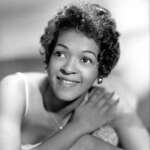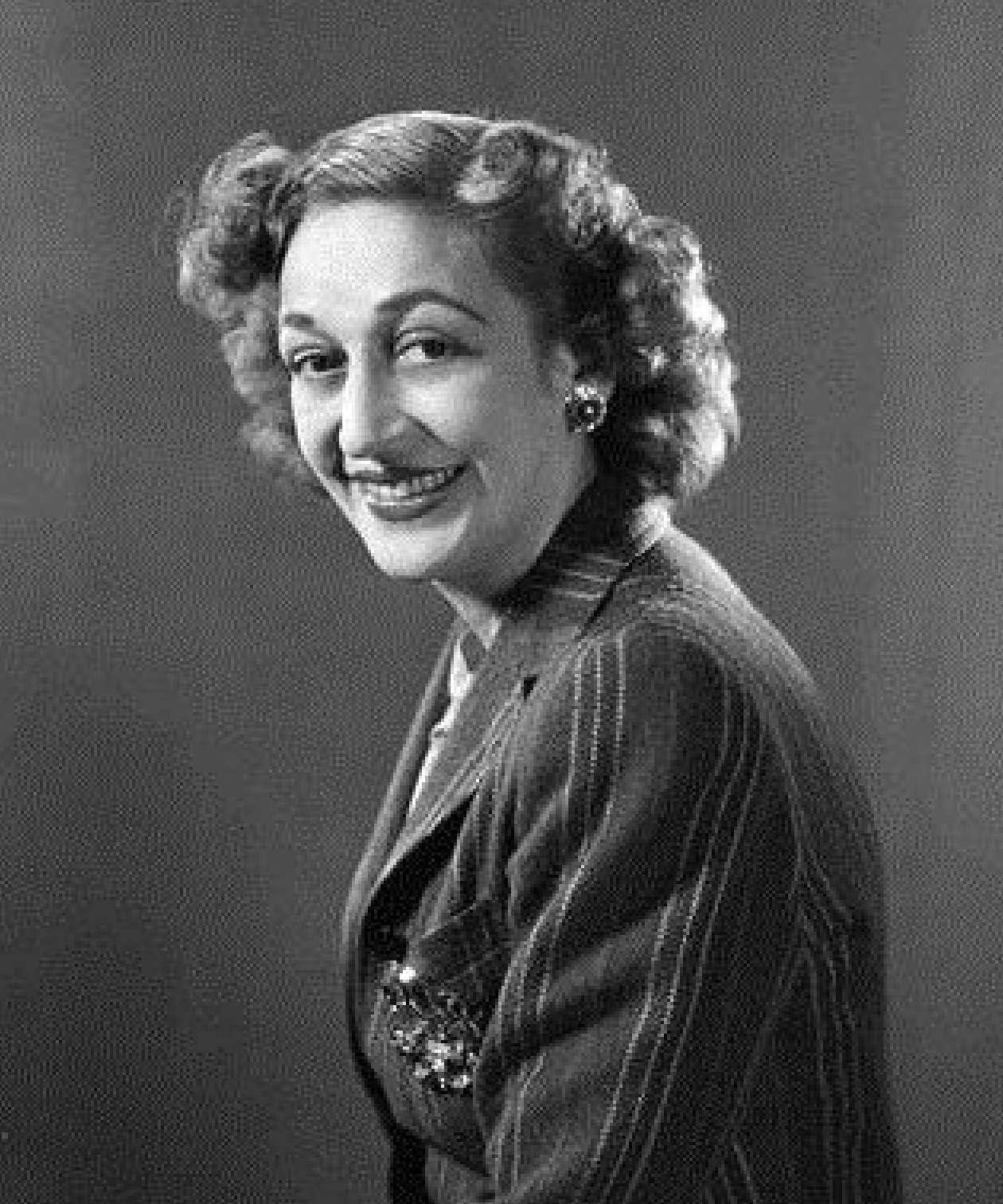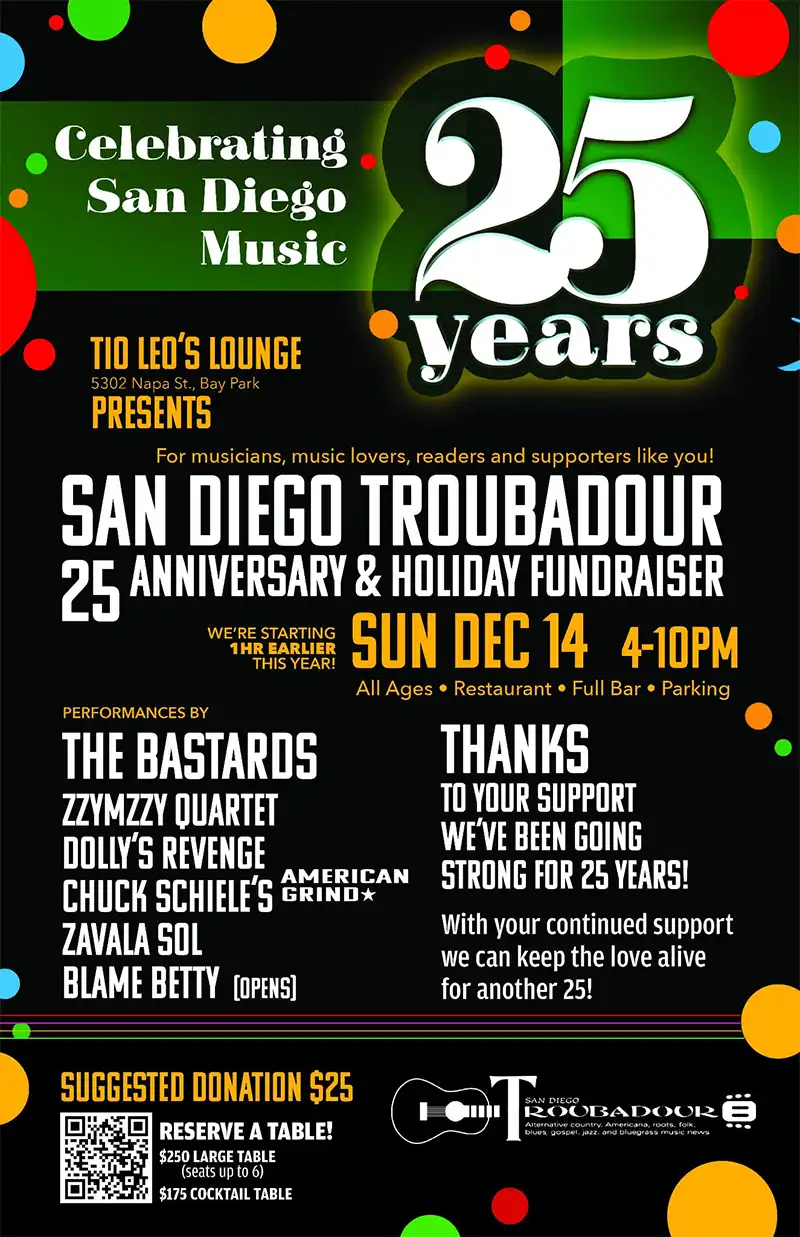SUE'S SPOTLIGHT: Women in Blues and Jazz
Women in Blues and Jazz: Sue Foley, Shirley Scott, Dorothy Fields
SUE FOLEY, 1968-

Sue Foley
I first met Sue Foley in the early ’90s, back in Austin, Texas. I was beginning my road days with blues singer Candye Kane, known for her sassy and outspoken persona. Candye was trying and succeeded in getting a record deal with Antone’s Records, which Sue signed in 1989. By 1993, when Candye and I met her, she was a major part of the highly respected Austin blues scene. Mentored by Clifford Antone, Sue was seen by him when she sat in with Duke Robillard’s band during the Memphis, Tennessee W.C. Handy Awards. He invited her to Austin, and she began recording for Antone’s Records.
Sue was born in Ontario, Ottawa, and spent her childhood in Canada. She began playing guitar at 13, playing in a band at 16, and touring Canada. She toured extensively with blues harmonica player Mark Hummel throughout the U.S., Canada, and Europe 1988-89, before relocating to Austin in 1989. Austin was probably most famous for blues guitarist Stevie Ray Vaughan, who died tragically, in 1990, in a helicopter accident. At that time, the other heavy weights in Austin were his brother guitarist Jimmie Vaughan, guitarist Derrick O’Brien, Sarah Brown on bass, Frosty Smith on drums, Marcia Ball (pianist, singer, band leader), and many more. Some of the singers included LaVelle White, Angela Strehli, and Lou Ann Barton. Through Candye, I got to play with most of these people, either on tour or in casual sit-in situations. One of my favorite tours was one that Antones put together to promote their artists: Candye Kane, Sue Foley, and Lou Ann Barton. We had gigs in Paris, Germany, and Switzerland. The van rides between cities were extremely memorable, as there were a lot of big personalities in one small space! Jon Penner (bass), Freddie Pharoah (drums), and Johnny Moeller (guitar) were also on that tour.

Sue Palmer, Lou Ann Barton, Candye Kane, Sue Foley.
Sue Foley is a five-time award winner back in Memphis, receiving the blues award for Traditional Blues Artist; she holds a Juno Award; the 2024 Maple Blues “Blues with a Feeling” Lifetime Achievement Award; and numerous other honors. She is not only a performer but also a scholar: Her forthcoming book, Guitar Women: Conversations with the Heroines of Guitar, coming out in 2026, chronicles her interviews with groundbreaking female players. Her newest album, One Guitar Woman: A Tribute to Female Pioneers of Guitar, received a Grammy nomination for Best Traditional Blues Album in 2025. I suspect San Diego’s own Laura Chavez will be mentioned, as Sue was the one who originally recommended Laura to Candye. That ended up being a life-changing event for Laura and Candye. Laura was Candye’s musical director and brilliant guitar player from 2008 until Candye’s death in 2016.

Sue has always been inspiring and just a masterful guitar player. But what she did on her last album One Guitar Woman—the styles she researched and then recorded and covered to pay tribute to these female pioneers of the guitar was truly incredible. She always delivers when she performs live. So, whenever I’m stuck or in search of some inspiration, she is always one of the ones I seek out to try to catch live. Personally, she has gone out of her way to help me since the beginning. She changed my life when she introduced me to Ruf Records and, of course, to Candye. So, for that, I will always be grateful. —Laura Chavez, October 13, 2025
According to the Philadelphia Inquirer, “Foley has a killer voice, an impossible alluring blend of sex and innocence to go with those blazing guitar chops.” With One Guitar Woman, she opens new musical and historical territory, affirming that women have always had a place in the pantheon of guitar greats. “We’ve been here all along,’ Sue says. ‘Now we’re claiming it.’
SHIRLEY SCOTT, 1934-2002

Shirley Scott in the 1950s.
The Hammond B3 is a relatively new instrument, especially in the jazz and blues world. Organs of some sort have been around since the third century B.C., invented by the Greeks. Originally, they were water organs, then they evolved into bellows-powered pipe organs. Pipe organs became central to Western church music by the twelfth century. The Hammond organ was the first commercially successful keyboard instrument that could play chords. Invented by Laurens Hammond in 1934, it quickly became a favorite in churches, theatres, and concert halls. Seven years later, the Hammond became synonymous with the Leslie speaker, which gave the organ a “tremulant,” due to the spinning of a treble horn and bass rotor/rotating part. The Hammond’s life in all popular music- rock, pop, and jazz and blues, was born in that moment.
One of the first jazz tunes recorded with organ was by acclaimed stride piano player Fats Waller, in 1942. The instrument grew in popularity after that. However, Fats didn’t use a Leslie speaker. By the 1950s, jazz organ trios became very popular and Philadelphia became known as the jazz organ capital. A jazz organist could rock the room, as all music parts were covered: bass parts were played with the musician’s feet, and chords and melody with two rows of keyboard, along with draw bars, could provide a variety of sounds. Consequently, a drummer and organist could sound like a whole band and cost the club much less. Among the prominent jazz organists often mentioned are Jimmy Smith and Shirley Scott, both from Philadelphia. Jimmy Smith (whom I was privileged to see several times in Southern California), eventually moved to Los Angeles.
So many piano players were women (the one instrument deemed socially appropriate for women), it was inevitable that many women transferred that skill to the new instrument. Women like Ethel Smith (famous for her version of “Tico Tico”), church organists including Twinkie Clark and Sister Ella Jones, and jazz artists Amina Claudine Myers and Trudy Pitts, among others. But the one most cited for Queen of the Organ was Shirley Scott.
Scott was born in 1938 in Philadelphia. Her father had a small speakeasy jazz club in the basement of their home, and her brother played sax. Her talent was recognized in high school on piano and trumpet. In the 1950s, she began playing the Hammond B3 in the Philadelphia clubs. She had a long collaboration with sax player Eddie “Lockjaw” Davis and recorded the iconic Cookbook albums, gaining both of them national recognition. He was a bebop sax player, bridging the gap between the big band sound and Rhythm & Blues. Shirley often added horns to her ensembles. In the ’60s, she collaborated (and later married) another prominent jazz sax player, Stanley Turrentine, and had a long collaboration with him. She had a particular sound of her own, playing with a bass player and drummer, rather than “kicking” the bass with her feet, in order to concentrate on her soloing and incredible ability to swing hard.

Scott at the New York Jazz Festival, 1968. Photo by Raymond Ross.
Her music fused bebop, blues, and gospel elements. She helped define the sound of small group soul-jazz. She and Turrentine recorded with Blue Note and, for Atlantic Records, collaborated with sax players like King Curtis, Hank Crawford, and David “Fathead” Newman. She was also an excellent piano player and had played with John Coltrane as a young woman, newly in the club scene. She also recorded with the Prestige label under her own name. She continued playing, residing in Philadelphia, where she taught college courses in piano and jazz history. She was the music director for Bill Cosby, after he heard her in Philadelphia clubs in the ’50s. In addition, she had five children!
In 2000, she won an $8 million lawsuit against American Home Products, the manufacturers of the diet drug fen-phen. She died of heart failure in 2002. Shirley Scott was a musician’s musician. In a male-dominated industry, Scott was not afraid to experiment with the instrument and helped bring a new sense of appreciation of the organ to the jazz world.
DOROTHY FIELDS, 1904-1974

Dorothy Fields
Dorothy Fields was a prominent American lyricist and librettist. She wrote more than 400 songs for Broadway musicals and films. There were a few other female lyricists (including Doris Fisher, Dana Suesse, Bernice Petkere, and Kay Swift), but Dorothy is the best known. Growing up in New York City, her family was deeply involved in show business. Her father, Lew Fields, was a Jewish immigrant from Poland and partnered with Joe Weber as one of the most popular duos in vaudeville, at the end of the nineteenth century. He later became one of the most influential theatre producers of his time. Dorothy grew up in a show business family, with family friends encompassing songwriters like Richard Rodgers, Lorenz Hart, and the Hammersteins. Throughout her career, she collaborated with various influential figures in the American Musical Theatre, including Jerome Kern, Cy Coleman, Irving Berlin, and Jimmy McHugh. Field’s career took off when she paired with Jimmy McHugh, on “I Can’t Give You Anything but Love,” in 1928, for the Broadway show Blackbirds of 1928, starring Adelaide Hall and Bill “Bojangles” Robinson, among others. Fields and McHughes worked together until 1935—she wrote the lyrics and he wrote the music. They also wrote “Exactly Like You,” “Sunny Side of the Street,” “Don’t Blame Me,” “I’m in the Mood for Love,” and numerous specialty numbers for the various Cotton Club revues, many of which were recorded by Duke Ellington.
She paired up with Jerome Kern for Swingtime, the American musical comedy film in 1936, which many consider Ginger Rogers and Fred Astaire’s best dance musical. It included “The Way You Look Tonight,” which won the Oscar that year for Best Original Song. This movie also featured the Kern/Fields tune “Pick Yourself Up,” which was quoted by President Obama in his inaugural address in 2009. “Starting today, we must pick ourselves up, dust ourselves off, and start all over again remaking America.” A message just as timely then and today as it was during the depression. They also wrote “I Won’t Dance,” for the film Roberta, which is still a jazz standard.
Fields returned to NYC in 1939 and began working on Broadway shows, now as a librettist. Included in her shows was A Tree Grows in Brooklyn, Annie Get Your Gun, Redhead—which won five Tony awards—and Sweet Charity.
Dorothy Fields wrote over 400 songs, 15 musicals, and 26 movies. She had been the creative force behind some of the most successful musicals ever produced during the “Golden Age.” Her career spanned decades: 1928 until her death in 1974. She made a contribution to an extraordinary group of songwriters with her use of slang, American idioms, and lighthearted wit. She was the first woman inducted into the Songwriter Hall of Fame in 1971. Her songs have remained incredibly popular, and many have been recorded by the best singers in the business and have become jazz standards.

Sue Palmer has been a San Diego musician and resident her whole life. She has received numerous San Diego music awards as well as an award for Best Self-Produced CD from the International Blues Challenge in Memphis. She was inducted into the San Diego Music Hall of Fame, has recorded 30 podcasts, and hosted her online radio show for three years on the local jazz and blues radio station, KSDS Jazz88.3.






